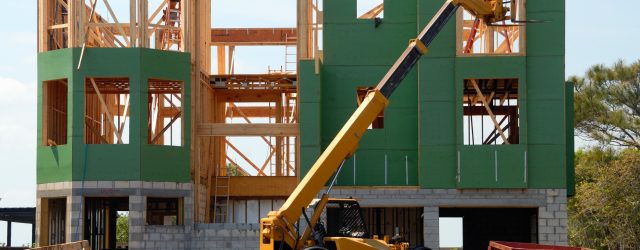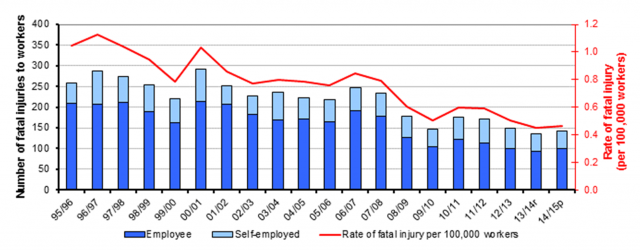As per Construction Design Management Regulations 2015, there are specific CDM responsibilities and associated roles. Here at Hawkeye Enterprise Ltd, we can support organisations to understand their liability and carry out their obligations by law.
Client
CDM 2015 defines a Client as someone who commissions and requires the construction project to be carried out. As a major change in this legislation, this can now apply to domestic, as well as commercial clients.
Main duties of Client are to ensure:
• There is suitable time, resources and arrangements allocated to manage the project.
• All duty holders are appointed
• Relevant information is prepared and provided to other duty holders in form of Pre-Construction Information pack – PCI
• Principal Designer (PD) and Principal Contractor (PC) carry out their duties
• Adequate welfare facilities are provided
Principal Designer (PD)/Designer
According to CDM 2015, “anyone who specifies and alters designs as part of their work” would be a Designer.
A Principal Designer is only appointed when more than one designer is involved in a construction Project. This normally applies to multi-discipline projects. However, if there is only one Designer required, they shall also take on PD responsibilities.
As part of their CDM responsibilities, PD has a coordinating role. PD shall be responsible for planning, management and monitoring of health and safety in the pre-construction stage of a construction project by
• Methods of identification, elimination or controlling foreseeable risks
• Ensuring designers carry out their duties.
• Finalising and communicating adequate and proportionate information to other duty holders, based on PCI
• Make Client aware of their duties and help Clients with Preparation of PCI and suitable H&S file.
All designers have a duty to assess or modify designs in order to eliminate, reduce or control foreseeable risks that may happen during construction or maintenance and use of an asset after it’s been constructed. Designing out any risks or potential hazards out at an early stage is one of the main objectives of CDM regs.
The PD or Designers are also responsible to provide ongoing support to other members of the project team especially Contractors, to help them fulfil their duties during Construction phase



